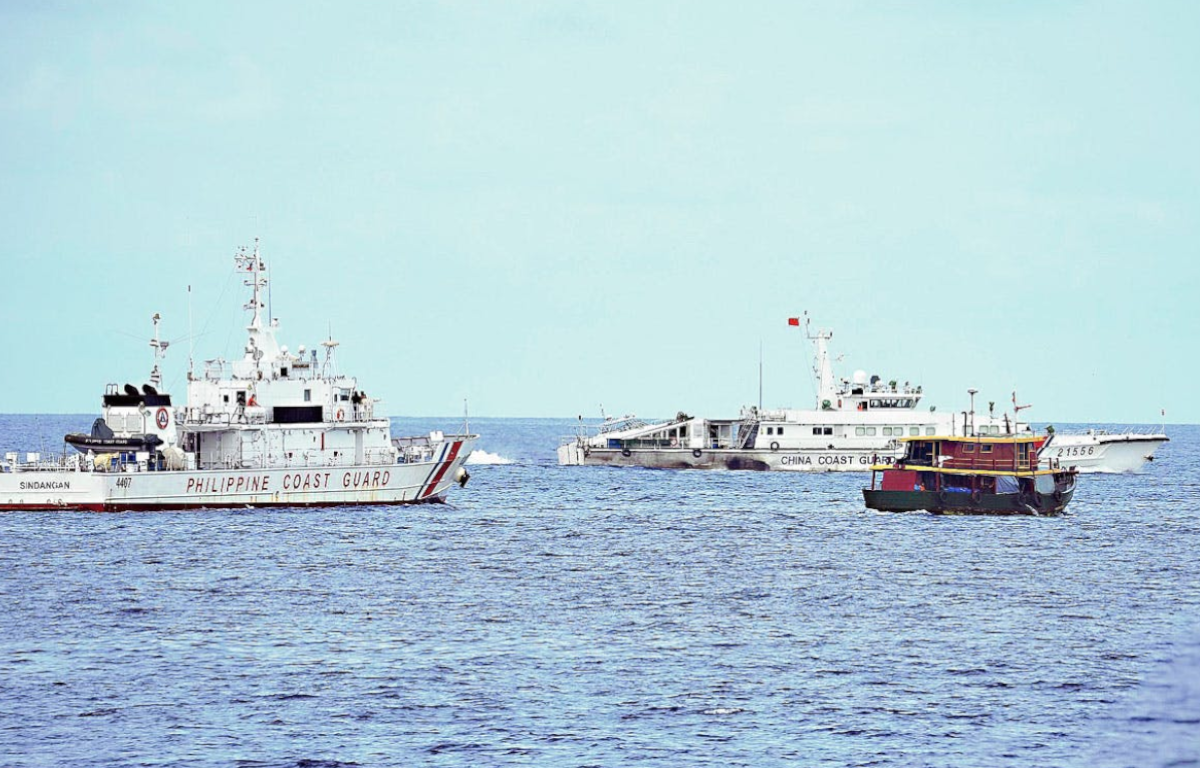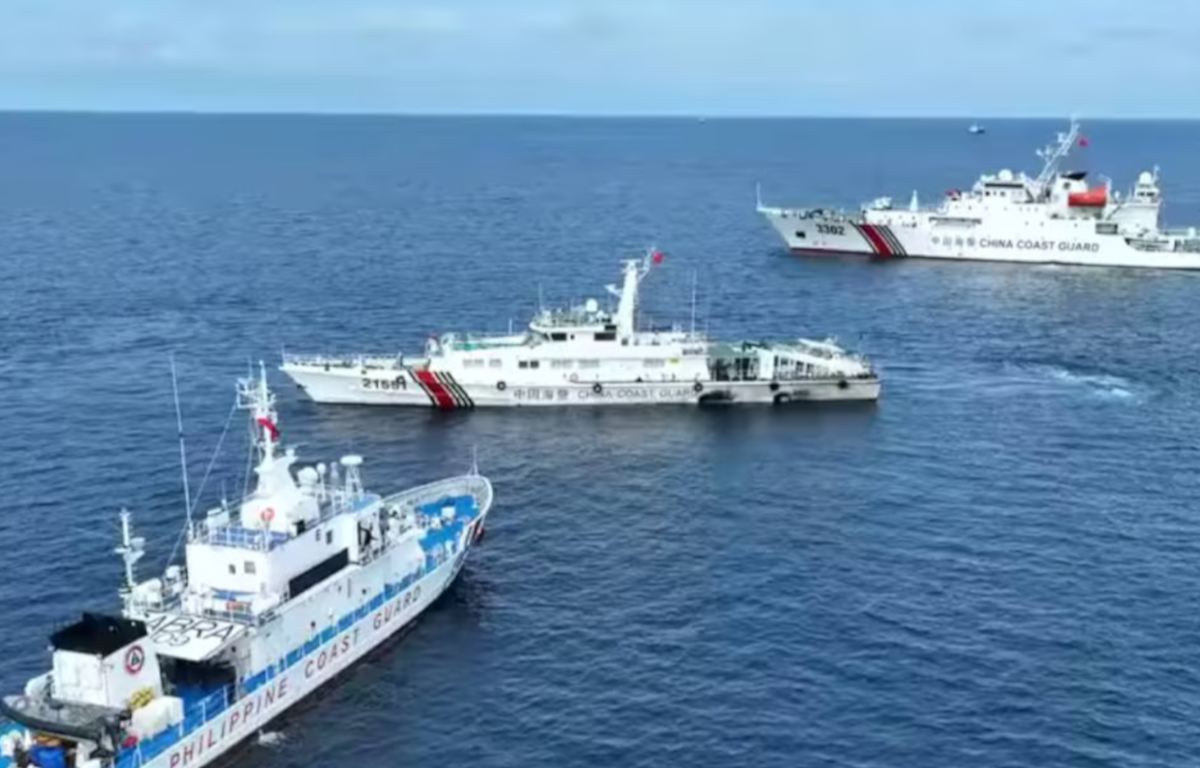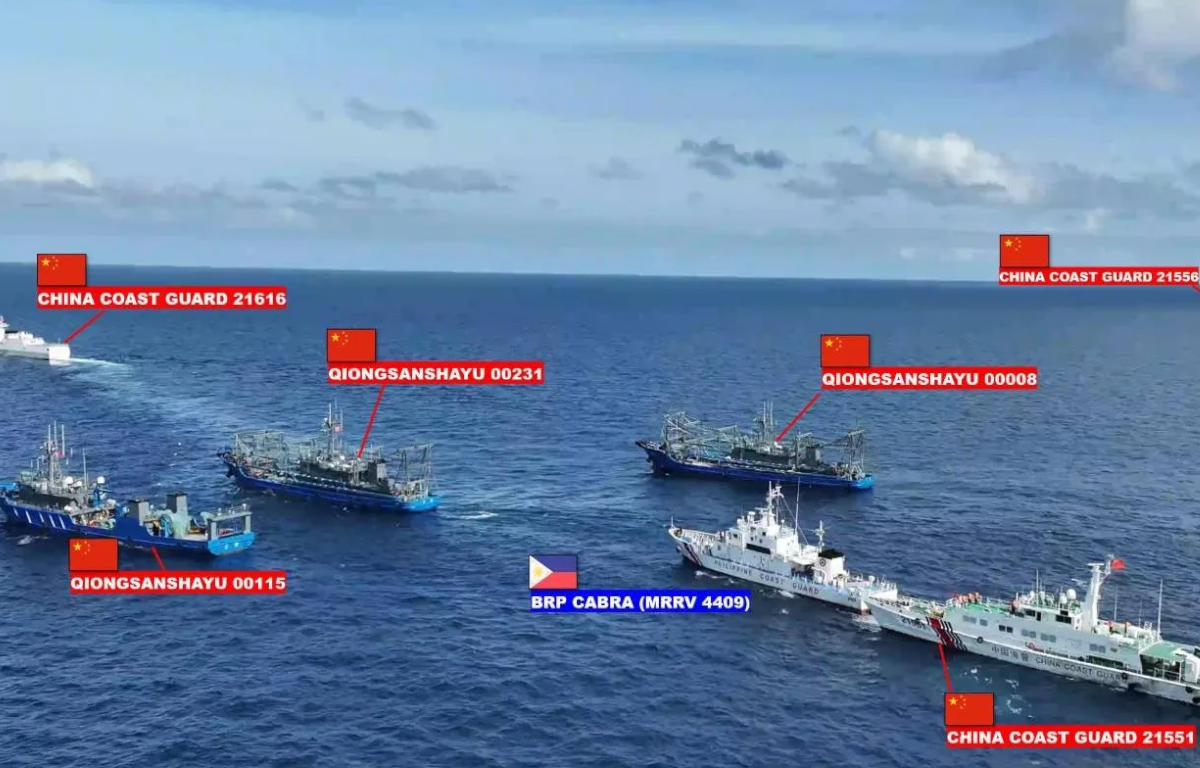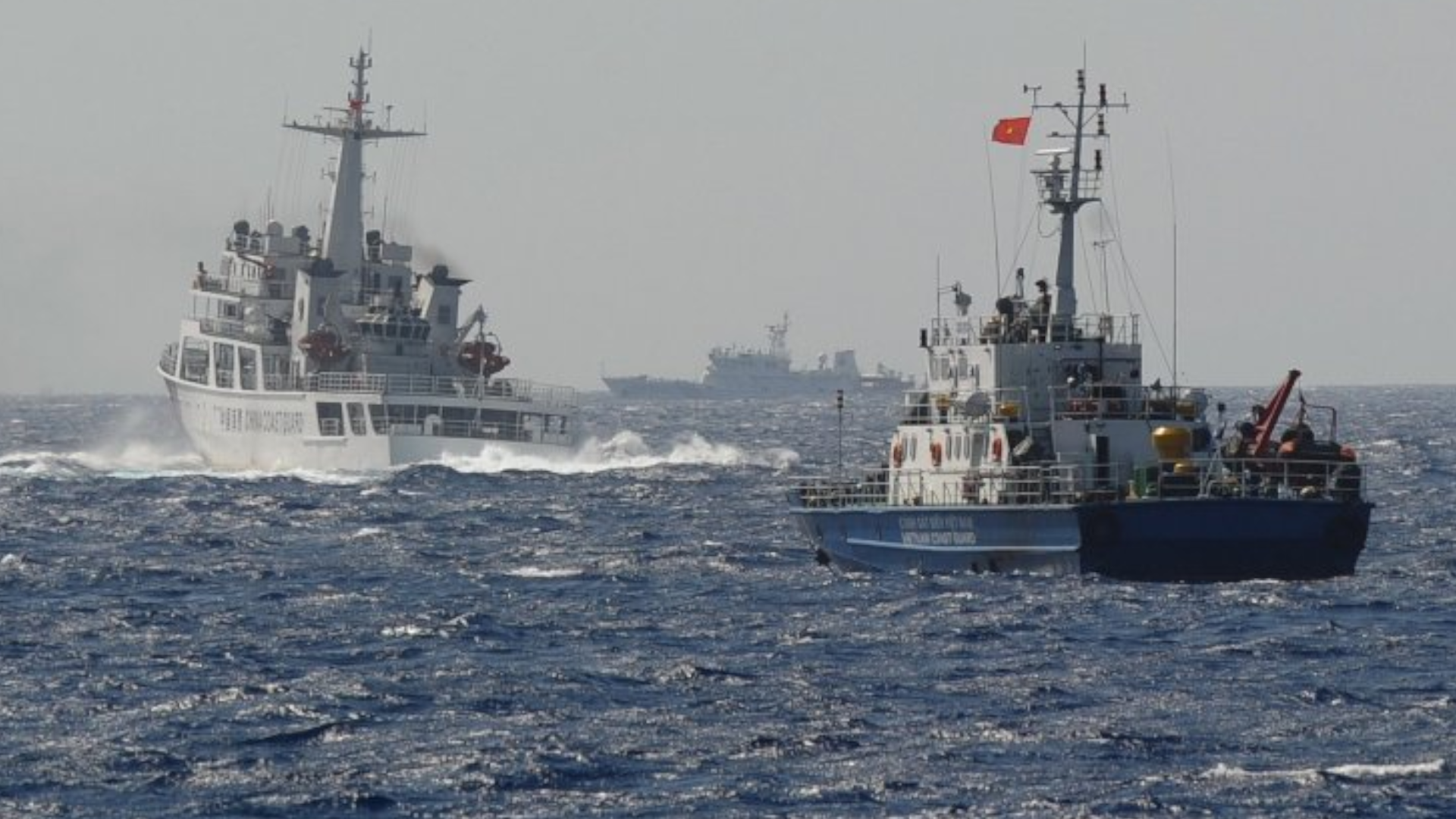
The Philippine Coast Guard (PCG) has taken a significant step towards asserting sovereignty in the West Philippine Sea (WPS) by installing navigational buoys. These buoys, featuring the Philippine flag, strategically mark critical areas including Patag Island, Balagtas Reef, Kota Island, Panata Island, and Juan Felipe Reef. The installation, carried out from May 10 to 12, serves as a powerful symbol of the Philippines’ exclusive economic zone (EEZ) and demonstrates its unwavering commitment to safeguarding maritime borders, preserving resources, and promoting secure maritime trade.
Commodore Jay Tarriela, the PCG-WPS spokesperson, highlights that the installation of the buoys adorned with the Philippine flag signifies the country’s firm resolve to uphold its sovereign rights and jurisdiction. Furthermore, Vice Admiral Joseph Coyme and Commodore Rommel Supangan conducted a Maritime Domain Awareness flight to inspect the newly installed buoys, reaffirming the PCG’s dedication to monitoring the region closely.
Notably, this is not the PCG’s first endeavor to strengthen its presence in the WPS. In the past, the PCG installed buoys on Likas Island, Lawak Island, Parola Island, and two on Pag-asa Island, serving as markers for territorial waters and offering guidance to mariners.
While closely monitoring the situation, Admiral Coyme emphasizes that the PCG’s presence in the WPS aims to enforce maritime safety rather than escalate tensions. The PCG adheres to a diplomatic approach, maintaining its law enforcement functions to ensure the safety of the region.
Addressing ongoing maritime challenges, Representative Leody Tarriela of Occidental Mindoro urges Congress to pass the PCG Modernization Act. Concurrently, Senator Bong Go advocates for a bill to modernize the maritime agency in the Senate. The PCG echoes the call for approval of House Bill 8028, also known as the “PCG Modernization Act,” which aims to enhance the PCG’s capabilities through the acquisition of advanced air and floating assets, as well as the implementation of interoperable communication systems.
The proposed PCG Modernization Act comprises four tiers of development. The first tier focuses on constructing PCG Response Bases and improving maritime domain awareness capabilities. The second tier includes infrastructure development and the acquisition of state-of-the-art vessels and equipment to enhance interdiction and maritime law enforcement capabilities. The third tier aims to strengthen coastal defense by acquiring more offshore patrol vessels, while the fourth tier concentrates on acquiring additional air assets to enhance airspace security within the EEZ. The bill also includes provisions for constructing training facilities, shipyards, and hangars to bolster workforce skills, secure assets and equipment, and contribute to provincial development and national security.
If enacted into law, the PCG Modernization Act will empower the PCG to operate at peak efficiency and effectiveness. Admiral Artemio Abu, PCG Commandant, expresses confidence that the bill’s implementation will ensure a safe and secure Philippine maritime domain, making the PCG a symbol of hope and pride for the nation. The completion of all four tiers is estimated to span 12 years, indicating a long-term commitment to fortify the PCG’s capabilities and protect the country’s maritime interests.










Share this: